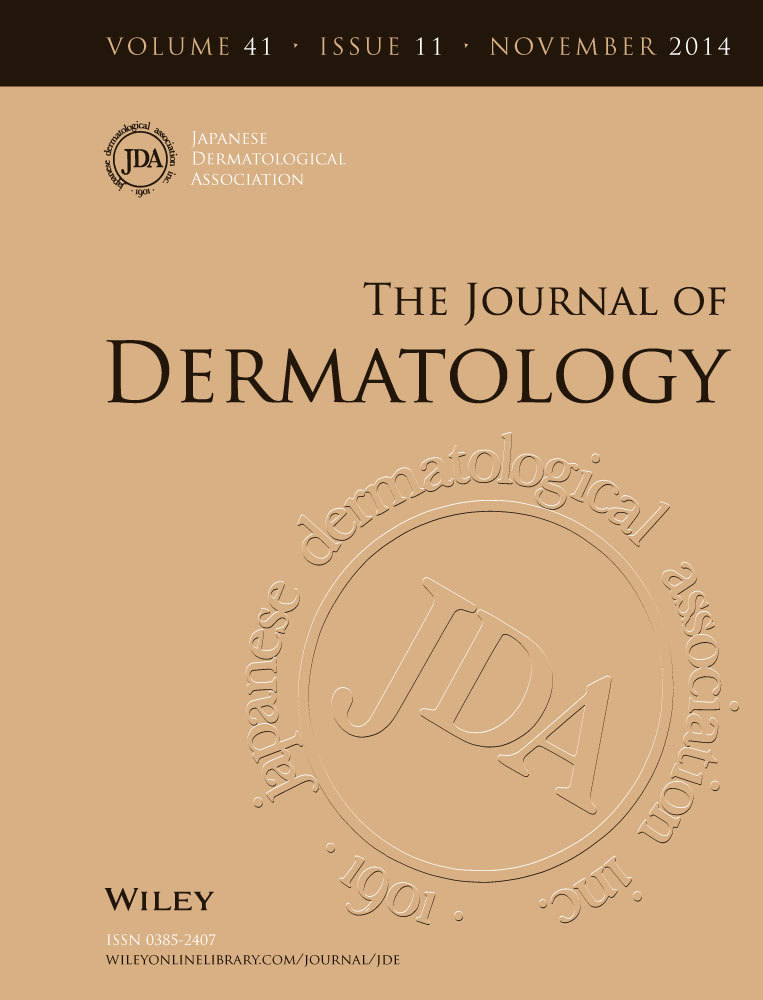Refractory bullous pemphigoid leaving numerous milia during recovery
Abstract
Recovery with milia may occur in bullous pemphigoid (BP), mucous membrane pemphigoid (MMP) and epidermolysis bullosa acquisita (EBA). Scarring commonly occurs in MMP and EBA. Here, we report a 62-year-old man patient with BP, who was left with numerous milia during recovery. The patient had immunoglobulin (Ig)G autoantibodies to the recombinant protein of the BP180-NC16a domain and the soluble 120-kDa ectodomain of BP180 (linear IgA bullous dermatosis [LAD]-1). There are cases of BP with IgG autoantibodies to LAD-1 and/or the recombinant protein of BP180 C-terminal domain. Extensive milia formation during recovery may be associated with immunological predisposition and/or improper interaction between hemidesmosomes and the extracellular matrix components.




